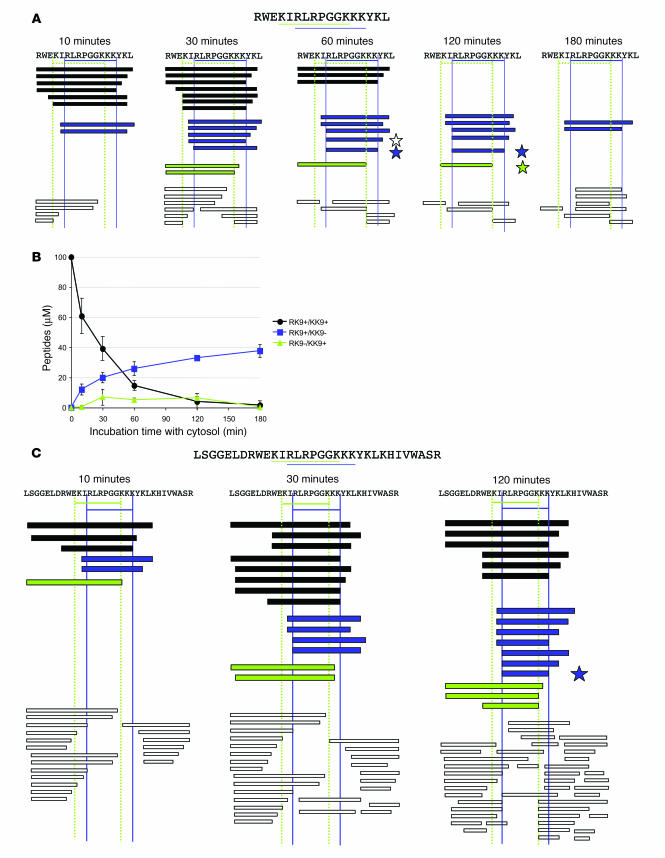Figure 2. The cytosolic processing of Gag fragments facilitates the generation of an immunodominant epitope and the progressive loss of the subdominant one.
8 nmol of a Gag 17-mer (A) or 32-mer (C) were incubated with 40 μg PBMC cytosol for increasing periods of time. Peptides encompassing both epitopes (black bars), RK9 only (blue bars), KK9 only (green bars), or no epitope (white bars) were identified by mass spectrometry. Optimal RK9 and KK9 are indicated with blue and green stars. Another HLA-A3 epitope, RY10 (RLRPGGKKKY), codominant with RK9 in acute infection (19), was detected (white star). (B) Digestion products were fractioned on a C18 column and identified and quantified by RP-HPLC. Each peptide is identified by a unique peak at a defined elution time and quantified by the surface under peak. The column was calibrated with defined amounts of peptides covering the corresponding HIV sequence. The identity of the peptides in the digestion mix was confirmed by mass spectrometry. Peptides containing RK9 and KK9 epitopes (RK9+/KK9+, circles), RK9 only (RK9+/KK9–, squares), or KK9 only (RK9–/KK9+, triangles) were quantified over a 3-hour digestion with PBMC cytosol. Data are the average of 3 experiments performed with extracts from 3 healthy donors. The kinetics of peptide production using both the 17-mer and the 32-mer was affected by the amount of cytosol used for the experiment, with high amounts of cytosol yielding a more rapid appearance of RK9 and KK9 (not shown).

